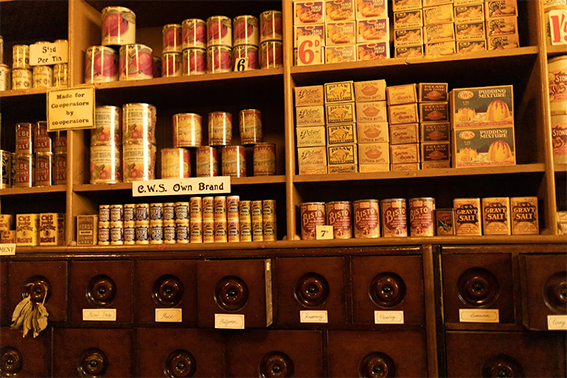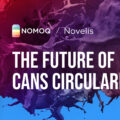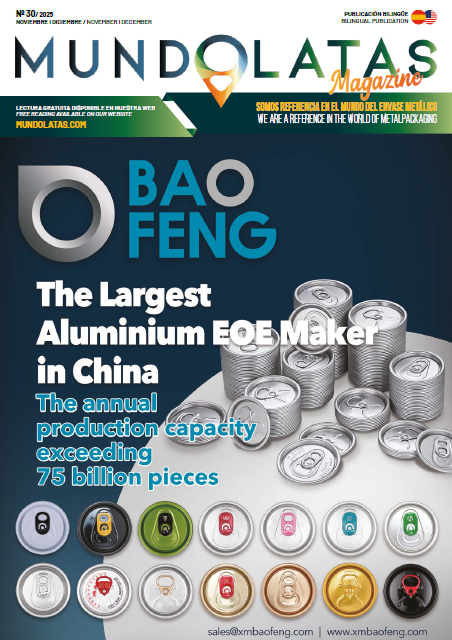World Can Day was celebrated on January 19. This is a date that seeks to highlight the importance of a container that is as versatile as it is universal. Since its invention in the 19th century, the can has become a symbol of innovation, sustainability and functionality, being essential in everyday life and in multiple industries.
The tin can was born as a solution for preserving food for long periods of time. In 1810, British-born Peter Durand patented a method for storing food in tin containers, revolutionizing the way people could enjoy perishable foods. Decades later, the invention of the can opener and improved manufacturing methods made the tin can a mass-market, affordable product.
Cans are not only used for food and beverages, but also for storing chemicals, paints, and even for creating works of art. Their lightness, strength and ability to preserve their contents without refrigeration have made them indispensable in sectors such as food, industry and pharmaceuticals.
One of the most celebrated aspects of World Can Day is its role in sustainability. Aluminum and steel cans are 100% recyclable, which means they can be reused infinitely without losing quality. This recycling process requires less energy than the production of new materials, significantly reducing the carbon footprint.
In fact, according to environmental organizations, recycling a single aluminum can saves enough energy to power a light bulb for several hours. In addition, recycling rates for cans exceed those of other packaging, making them an ideal choice in an increasingly environmentally conscious world.
World Can Day also celebrates the innovative and creative design behind this packaging. From retro designs to modern cans with glossy or matte finishes, the visual aspect plays an important role in attracting consumers. Brands around the world invest in creating unique cans, which not only serve a practical function, but also tell stories through their graphics and colors.
On this date, various activities are organized worldwide, such as recycling campaigns, can design exhibitions and educational workshops on the importance of recycling. In addition, many brands take the opportunity to launch special editions of their canned products, highlighting their commitment to sustainability.
The can industry continues to innovate with the development of new materials, lighter designs and improvements in recycling processes. These initiatives ensure that the can continues to be a key pillar in the transition to a circular economy model. It is the easiest and most economical packaging to recycle, making it the true alternative to single-use plastics.














